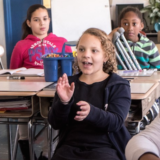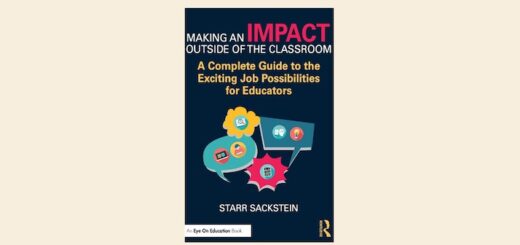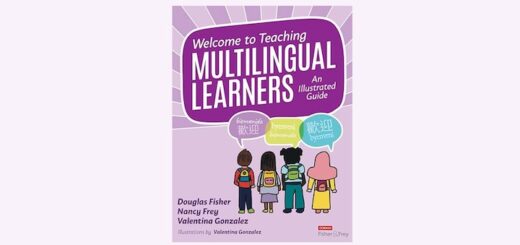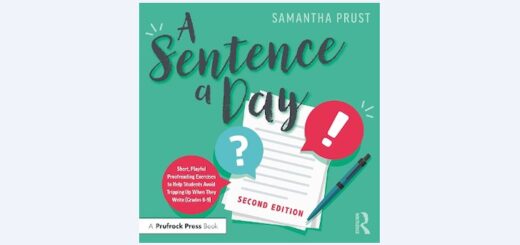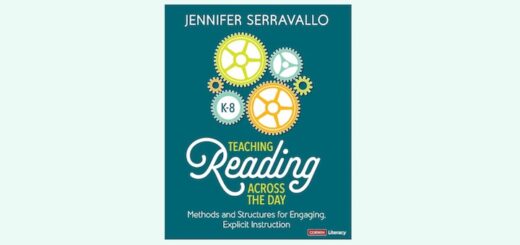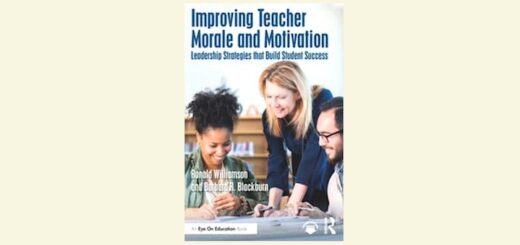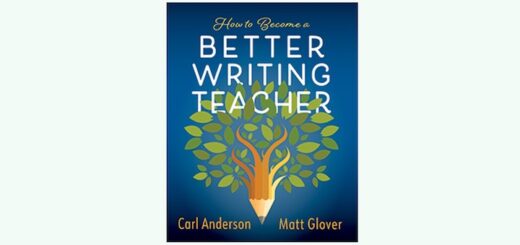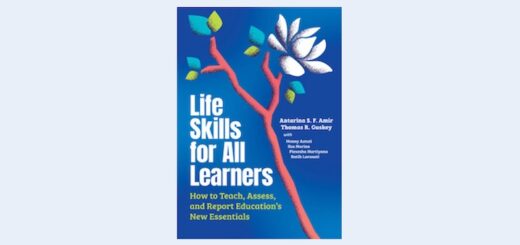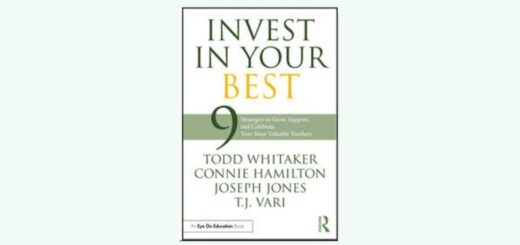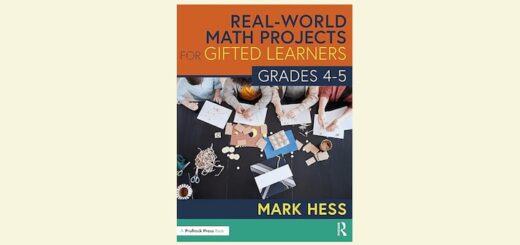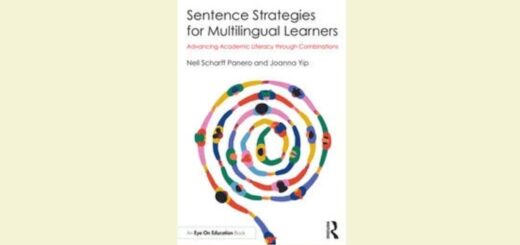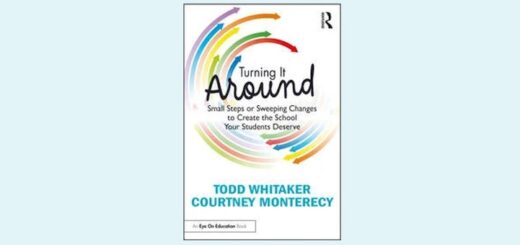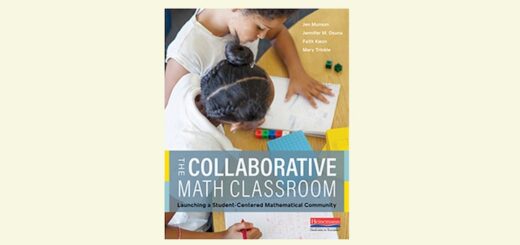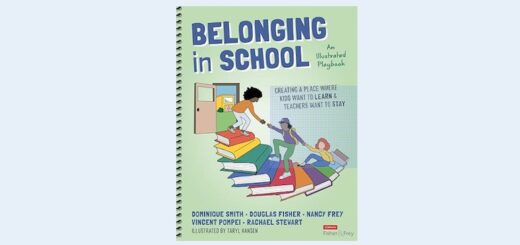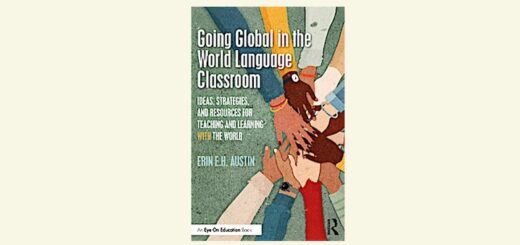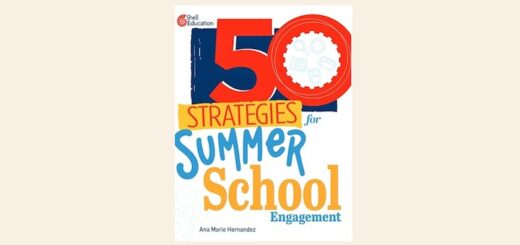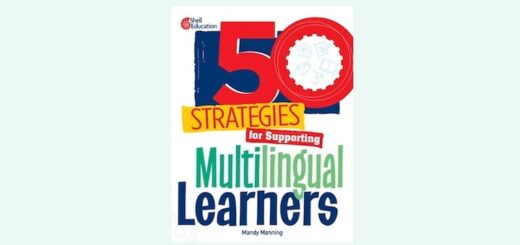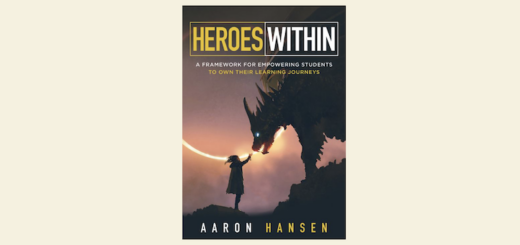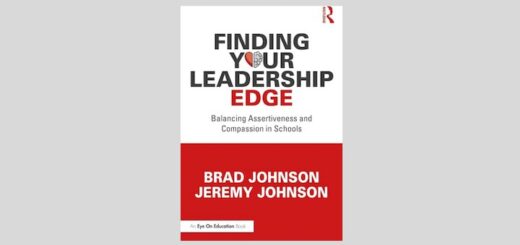When Students’ Attention Wanders, Switch It Up
By Stephanie Farley
 So this always happens in February: emboldened by the success of previous lessons or routines, I fall into the habit of keeping that routine in place. Structure! I say to myself. We all thrive when the structure is consistent.
So this always happens in February: emboldened by the success of previous lessons or routines, I fall into the habit of keeping that routine in place. Structure! I say to myself. We all thrive when the structure is consistent.
This is true, most of the time. But what’s also true is that, sometime in February, the classroom routines I’ve established pall.
The kids grow tired of the same old thing; the lessons are too predictable; the writing tasks are too pedestrian. And, inevitably, because I grow smug about my effective routines and super-fun assignments, I don’t realize that the kids are utterly bored until it’s just a bit too late and I have kids walking out of my class in protest that I played a Taylor Swift song to illustrate “voice” in writing.
Experienced teachers reading this will likely shake their heads. She should have seen it coming! they’ll say. Agreed. I should have. For some reason, though, I convince myself that this quarter three assignment is so engaging – so dazzling! – there’s no way the kids will be bored. Ahh, ego.
The irony is that I know the antidote to the February doldrums, and I’m pretty sure I’ve written about it before: novelty. Switching. Things. Up. Jolted out of my complacency by the T. Swift protest (why so many haters?), I set myself the task of making my class exciting again.
If not Taylor Swift, What?
First things first: I realized my students were lacking inspiration. Why strive to improve if there isn’t a great piece of art or science to invite engagement? I took a day out of the writing schedule I’d planned and showed the kids some awesome scripted content that 98% matched the goals of their projects. The students loved this and were easily able to make the connections between the content I showed them and the work of the class.
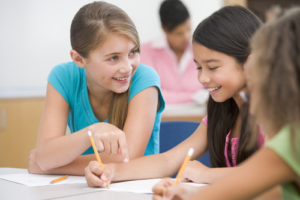
The goal with this was to get students to fall back in love with the power of their own ideas. It totally worked. A conversation about all the horrible things that befell one student’s protagonist fired up the majority of students to take another look at conflict in their own stories.
The third and final step was to make the process of writing more appealing by making the classroom itself pleasant. To do this, I reconsidered the physical space: what music could I play, what cushy seating could be offered, and would allowing snacks halfway through class be an effective rather than messy or distracting incentive?
There is a body of research that tells us that environments are really important for learning and we have to consider the physical, social, emotional, cognitive, and creative opportunities that exist in a space.
I haven’t read the students’ final drafts yet as I write this, but I do know that these efforts to change the routine re-energized the kids enough that they were able to focus and write in class, which was my intention.
The lesson that I learned – the one it seems I have to relearn, each year, with each new cohort of students – is that just because a strategy or routine worked for a few weeks or months doesn’t mean it will continue to work. Further, I always have to balance the comfort of routine with the motivating force of novelty.
Insights from my colleagues
With those caveats in mind, then, I spoke to a few teachers at my school about how they switch it up and offer their guidance here:
✦ Patryce Harris, a 5th-6th grade humanities teacher, says that she uses a combo-pack method to reinvigorate the class. The first step is to change a tiny part of the routine, like, for example, changing the order or adding one new step. If that doesn’t work, she invites students into the freshening up process by asking, “what can we change or what can we do?” Patryce’s final tip is to follow the fire. “If something catches on fire with the kids, then we follow it!”
✦ Charles Willis, a 9th grade humanities teacher, concurs that a student-centered approach is paramount to escaping the doldrums. His plan involves sharing observations about previous classes and eliciting feedback; putting the problem into students’ hands and asking for their collaboration to solve it; trying the students’ suggestions; and debriefing afterwards to see what worked. His key words were “ownership” and “collaboration.”
✦ Spanish teacher Elizabeth Hahn, meanwhile, says that she leans on her connections to students as well as her understanding of their likes and interests to re-engage them in the material. Indeed, Elizabeth indicates that she views the momentum pauses as “an opportunity for me to learn about what the students care about.” Then she’ll use a song, an artwork, a film clip, a video game character, or even an astronomy event as her way back into the positive, productive classroom environment she strives to create. Elizabeth relies on her creativity, but she emphasizes that the key is communication and asking the students what is needed.
The common thread in these stories, of course, is noticing that there has been a shift in the force and then asking students directly how to address that shift.
As March arrives, with its promise of spring (and spring break!), I’ll be on alert for stale lessons and routines so I can pivot more nimbly. And I definitely won’t play Taylor Swift for this group again!
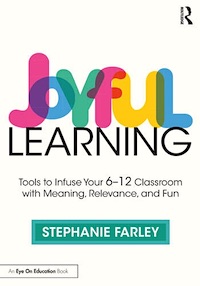
Stephanie, who is interested in instructional design, assessment, feedback, and grading, has served as a Mastery Transcript Consortium Site Director and has been on a number of California Association of Independent Schools accreditation committees.
Stephanie’s first book is Joyful Learning: Tools to Infuse Your 6-12 Classroom with Meaning, Relevance, and Fun (Routledge/Eye On Education, 2023). She has created professional development for schools around reading and curriculum and has coached teachers in instruction, lesson planning, feedback, and assessment. Visit her website Joyful Learning and find her other MiddleWeb articles here
Feature image by No-longer-here from Pixabay







